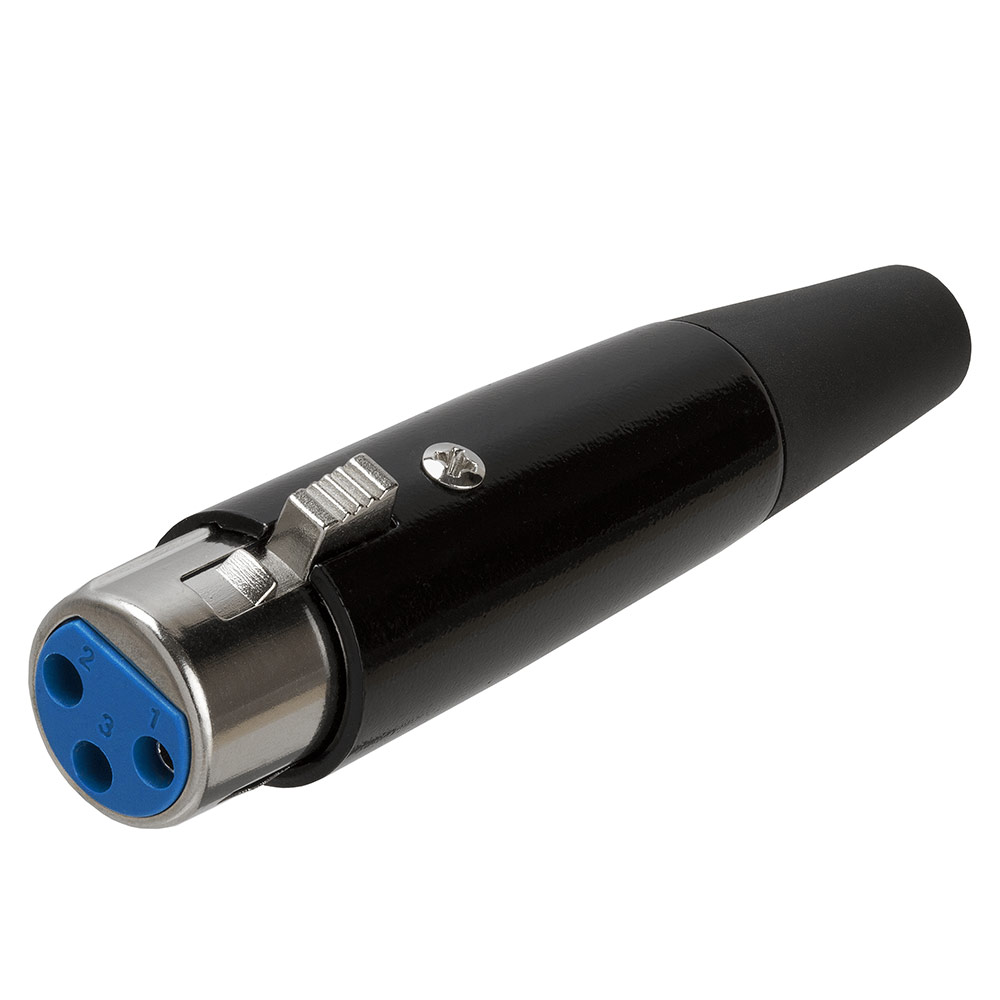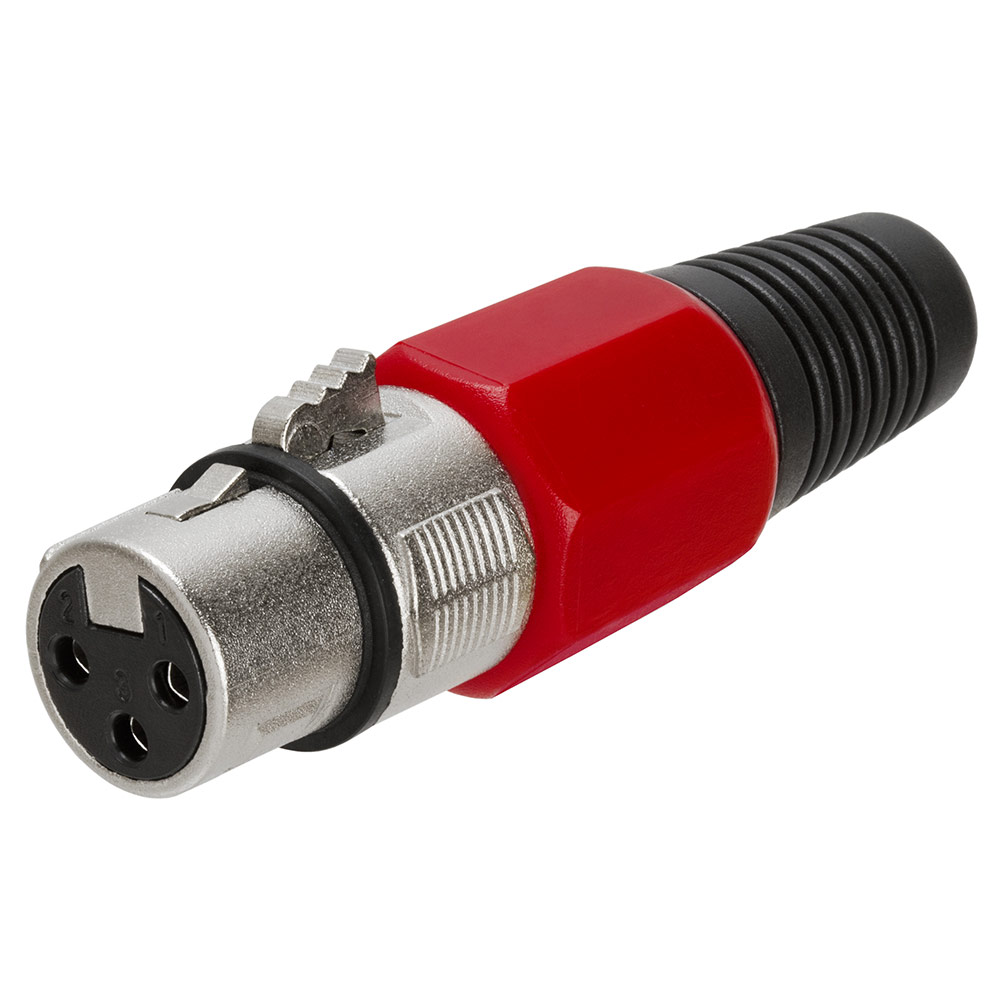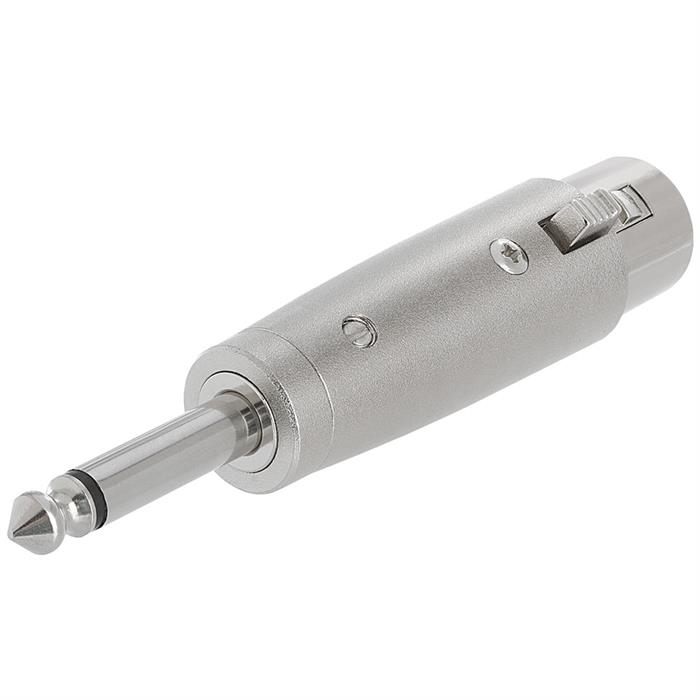Learn About XLR Adapters And Connectors
As advanced technologies and standards are developed for electronics, connectors and adapters must also be developed to accommodate the new ways that video and audio signals are transmitted between devices. HDMI and USB (standard, micro and mini) connectors are some that we’re all familiar with.
There are some connectors and adapters, however, which have been around for decades and are just as important today as they were in the 20th century. XLR connectors are the perfect example.
What Are XLR Connectors?
Invented in the 1940s and originally known as Cannon plugs and Cannon jacks (named after their inventor, James Cannon), XLR connectors were quickly adopted as the standard in a variety of industries, most notably used in the theater and in broadcast and music studios. At one time they were also favored for high-quality speaker connections because of their sturdy construction. If you’re wondering why they’re now known as XLR, Cannon produced an updated series of connectors with latching pins and called it the XL (“L” for latch), and later added a resilient (the “R” in XLR) material to surround the pins. That material was quickly replaced by plastic, but the XLR name stuck.
XLR cables and connectors are still widely used in audio applications, with XLR plugs or jacks commonly found on microphones, compressors, equalizers, amplifiers and mixing boards. But you’ll also see them in some higher-end home theaters, because the same qualities that allow XLR cables to deliver outstanding analog audio in professional settings make them perfect for connecting power amplifiers and preamps in home settings, particularly over long runs. (Some digital XLR cables and connectors are now available as well.)
What makes XLR so different from lesser options? We’ll discuss that next.
XLR and Balanced Audio
Most XLR connectors and adapters have three pins to accommodate the three wires in the cables connected to them: a positive conductor, a negative conductor and a “ground” or shield. The audio signal is transmitted on the positive and negative wires, and it’s really the same signal sent on each conductor. But one version is inverted by 180 degrees (picture the sine waves on oscilloscopes that you saw in your high school science class, turned upside down). At the destination, the inverted signal is converted back to its “normal” wave form and the two are combined to create a usable audio signal.
Why is this engineering hocus-pocus necessary? It’s because audio signals are typically transmitted at low voltages which are extremely susceptible to interference, often referred to as “noise.” As audio signals travel through the positive and negative conductors, any unwanted noise will appear equally on each side, but in opposite “phases” (again, picture that sine wave). When one signal is re-inverted and the two are combined at the destination, the two versions of the noise cancel each other out and it disappears. That leaves just the pure audio, which is known as “balanced” audio. The process also makes the signal a little stronger, which compensates for any signal loss over the length of the cable. And the ground wire carries an electric charge which is useful for microphones which require “phantom power.”
It should now be easy to understand why balanced audio is so important in professional applications (and high-end home theaters) – it eliminates problematic signal noise that can ruin the sound that’s produced, and it is suitable for use over long distances. Almost as important to the process, though, are the high-quality XLR connectors and adaptors which bring balanced audio in and out of components and microphones.
The Basics of XLR Connectors and Adapters
You’ve already learned that the vast majority of XLR audio connectors have three pins (or sockets, if the connector is female rather than male); four- or five-pin XLRs are for specialty applications only. We do carry some four-pin XLR Speakon connectors and couplers if you need them. The best quality XLR connectors (like the ones we sell at Cmple) are carefully constructed to maintain the integrity of the balanced audio signal they’re transferring.
The most obvious feature of XLR connectors and adapters can be clearly heard: the loud “click” made when their locking pins attach securely. An XLR connector is designed so it won’t accidentally pull away from its jack or the matching plug that it’s attached to, so the quality of those connections is essential to optimal audio transfer. XLR cables are known for their solidity and reliability so it’s important that the connectors be made from conductive metals like silver or nickel. Nickel-silver plating is often used (rhodium-coated gold is another option) for connectors and contacts to block electromagnetic and radio frequency interference; there’s no sense in using balanced audio if the connectors are subject to interference. The boots covering the connections must also be able to withstand the stress of being twisted or bent. Metal clamps are sometimes used for strain relief on XLR adapters and connectors.
You’ll often find one-piece molded XLR cables with the connectors already attached. These are convenient to use, but if the wiring inside them breaks or fails it is impossible to re-solder, and there’s no guarantee that the wires have been soldered properly in the first place. You’re usually better off with so-called four-part connectors which easily separate, allowing you to solder the connections yourself. They are more time-consuming to set up, but you’ll know that the wires have been properly secured to the posts. You’ll also be able to repair any broken connections down the road. Another type of XLR connector which can come in handy is a right-angle model, perfect for use on equipment that has to fit into tight spaces or on some studio microphones.
As for XLR adapters, there is a wide variety available (and Cmple carries all of them) to facilitate male-to-male and male-to-female XLR connections, as well as connections with mono and stereo plugs and jacks, and RCA plugs and jacks. Using XLR adapters with regular mono or stereo cables terminating in phone or RCA connectors may not provide the full benefit of using a balanced cable with XLR connectors on each end – and you’d never see it done in a professional studio – but it’s sometimes necessary depending on the equipment and connections you have available. Having the right XLR adapter on hand can prove to be a lifesaver.






